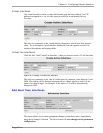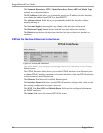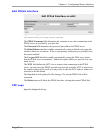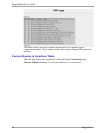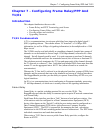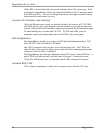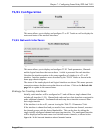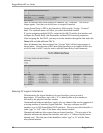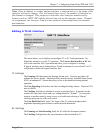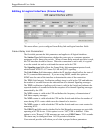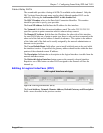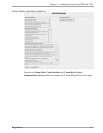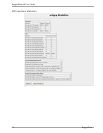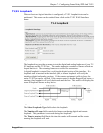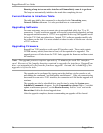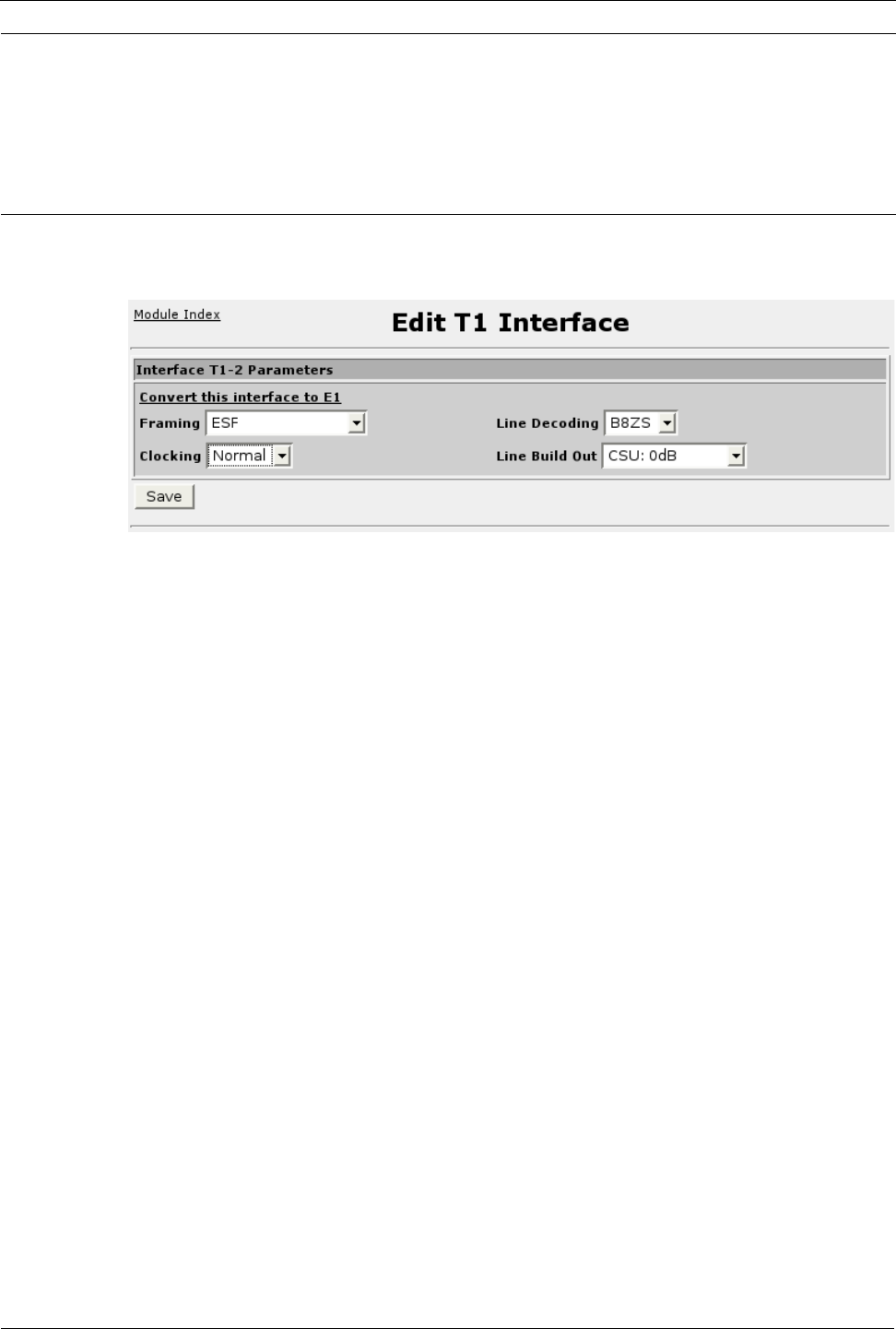
Chapter 7 - Configuring Frame Relay/PPP And T1/E1
Note: Once a channel is created, and an interface is constructed on it, the name of the
interface will never change. This will remain true even if the number of timeslots on
the channel is changed. This property is desirable since interface names used by
features such as OSPF, RIP and the firewall can rely on the interface name. Channel
re-assignments can, however, lead to a non-intuitive relationship between channels
and timeslots.
Editing A T1/E1 Interface
Figure 58: Edit T1 Interface
This menu allows you to display and configure T1 or E1 Trunk parameters. By
default the interface is set for T1 operation. The Convert this interface to E1 link
will set the interface for E1 operation and allow you to configure its settings.
If logical interfaces use a channel above 24 and an attempt to convert from E1 to T1
will prompt to delete the logical interface first.
T1 Settings
The Framing field determines the framing format used. Your line provider will
indicate the correct format. Modern facilities usually employ Extended Super Frame
(ESF), an enhanced T1 format that allows a line to be monitored during normal
operation.
The Line Decoding field reflects the line encoding/decoding scheme. Almost all T1s
now use B8ZS.
The Clocking field selects whether to accept or provide clocks. In normal use the
central office provides clocks and your setting should be “Normal”. You may also
connect to another router by using a cross-over cable and selecting a “Master”
clocking option on one of the two routers.
The Line Build Out field “tunes” the shape of the T1 pulses and adjusts their
amplitude depending upon distances and the desired attenuation.
E1 Settings
The Framing and Line Decoding fields for E1 reflect the European variants.
The Clocking field performs the same function as that described for T1.
RuggedCom 69



